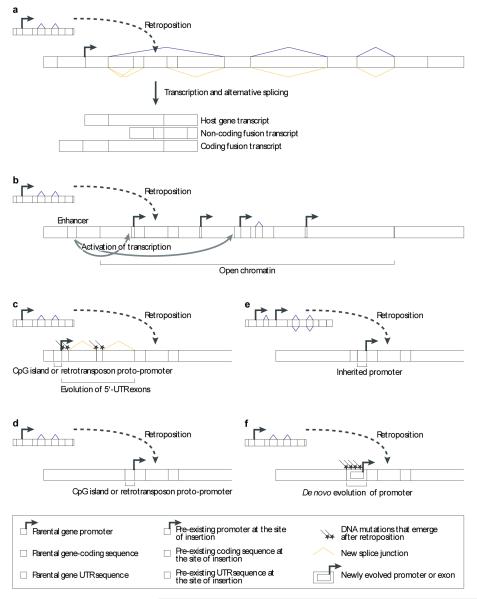Figure 2. Source of retrogene promoters.
The figure illustrates various scenarios that lead to the transcription of retroposed gene copies. (A) Retrocopies may insert into intronic sequences of host genes. The evolution and/or presence of splicing signals enable these copies to be integrated into new splice variants of their host gene. Depending on the localization of these new splice sites, these variants result in either non-coding fusion transcripts (where the entire open reading frame derives from the retrocopy) or coding sequence fusions (the coding region of the retrocopy is fused to that of the host gene). (B) The insertion of retrocopies into actively transcribed regions with an open chromatin structure facilitates their transcription, due to the increased accessibility for the transcriptional machinery. The presence of enhancer elements from neighboring genes and weak transcription promoting sequences (not previously associated with genes) can further strengthen their transcriptional activity. (C) Recruitment of distant promoters in the genomic neighborhood via the acquisition of a new untranslated exon/intron structure. (D) Recruitment of promoters from retrotransposons or CpG proto-promoters. (E) Inheritance of parental promoters through alternative transcriptional start site usage of the parental gene. (F) De novo promoter evolution in the 5′ flanking region of the insertion site by single nucleotide substitutions.

